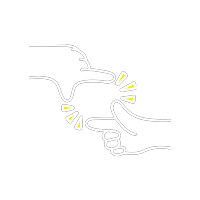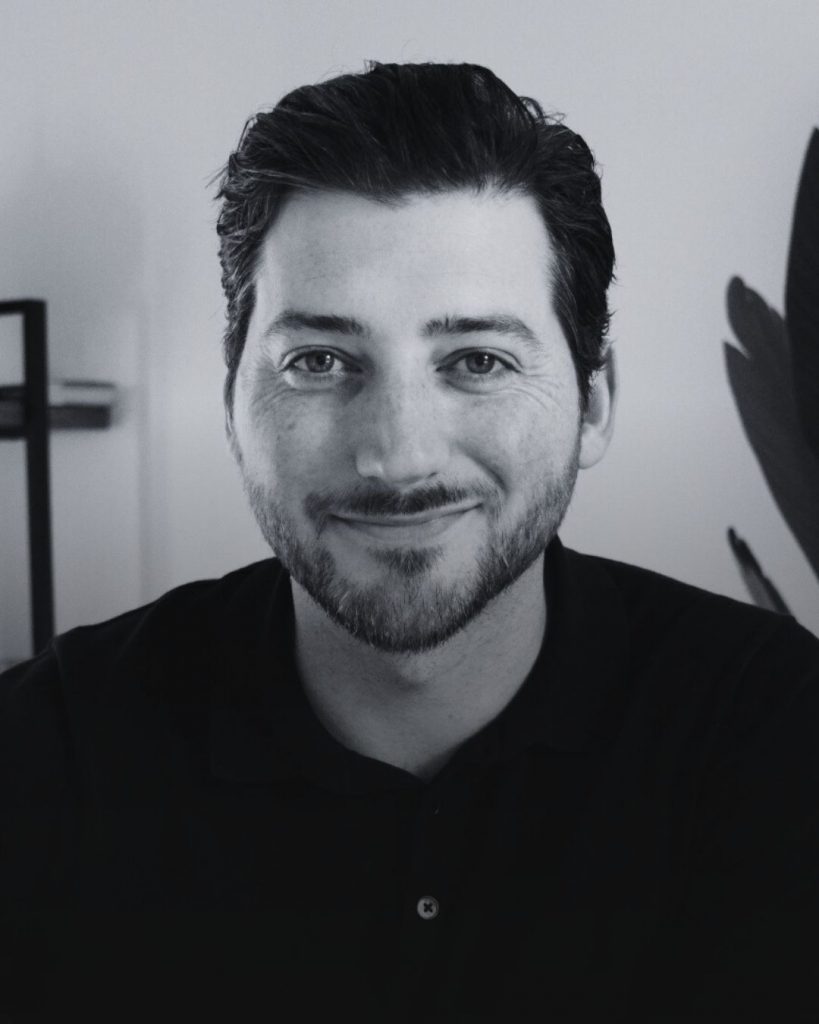The social media agency that
Since 2011, we’ve helped companies across the globe with growing a social media presence, and driving business results.
Our Work
Karns & Karns
A leading personal injury firm entrusted us with a clear mandate: build a social media engine that consistently drives real case growth. Over two years, we produced 60+ videos every month, handling everything from strategy and scripting to filming, editing, and paid distribution.
The result wasn’t just content, it was a scalable system that substantially increased case volume across organic and ads.

Felina Intimates
Felina is a women’s intimates and loungewear brand known for its elevated essentials and comfort-driven designs. While the brand had an established presence on Instagram, its content strategy had plateaued, and reach was largely driven by paid media without lasting impact.

We Get It
Except, now you’re here because chances are they (i) underdelivered or (ii) pawned you off to the youngest people in their office who couldn’t fully understand your brand goals.
That’s because most agencies are self-centered, solely focused on how many awards they can win.
You deserve to have an agency that gives a shit.
Our team is here to deliver a different experience to you and your company. We don’t chase trends, we learn your brand and create thoughtful marketing strategies to connect with your customers.
Every strategy, every post, every ad is built with your goals in mind—not ours.
When you work with us, you meet the strategist who will be leading your account during the pitch process. That means the person you meet day one is the person leading your account for the duration of your contract.
Whether you’re a national brand or local service business you will receive the same service from our team. Where giant agencies treat you like a number and a guaranteed check we work side-by-side with you to help you and your company grow.
Whether you’re a national brand or local service business you will receive the same service from our team. Where giant agencies treat you like a number and a guaranteed check we work side-by-side with you to help you and your company grow.
So how does it work?
Once you book a consultation with our team we will start the process of tailoring a plan for you/your brand. You meet the Los Angeles-based team that will be on your account team, and we get to work.
Schedule a consultation today.
Read More
Our Services

Organic Social

Paid Social

Content Production

UGC/Influencer Marketing

Digital PR
Services
Trusted by Top Brands















What it’s like
to collaborate together.
Best Practices
Jordan and his team are complete professionals. I was referred to them by a business associate who spoke very highly of their work. They absolutely over-delivered my expectations. They did the writing, organizing, filming, and everything to get my Social Marketing on point. Very professional. Thanks, Jordan and the whole team at Cave!
Snell Johnson,
CEO, Strike First
Best Practices
Jordan and his team are complete professionals. I was referred to them by a business associate who spoke very highly of their work. They absolutely over-delivered my expectations. They did the writing, organizing, filming, and everything to get my Social Marketing on point. Very professional. Thanks, Jordan and the whole team at Cave!
Mark Valliant
CEO, Great Canadian Van Lines
Best Practices
Since working with Cave, our social media presence has seen measurable growth. Our Instagram and LinkedIn followings have doubled, and Twitter followers have increased by 50%. Their team consistently delivers quality work on time and is highly responsive, attentive, and creative. When you need results, choose Cave.
Terren Lin
Creative Director, Arktura
Meet Our Team

Seth Shapiro
Director of Paid Media

Lauren Wesley
Director of Paid Media

Jackie Tien
Director of Paid Media

Nathanna Barbosa
Director of Paid Media

Jordan Scheltgen
Director of Paid Media

Nahum Galdamez
Director of Paid Media





